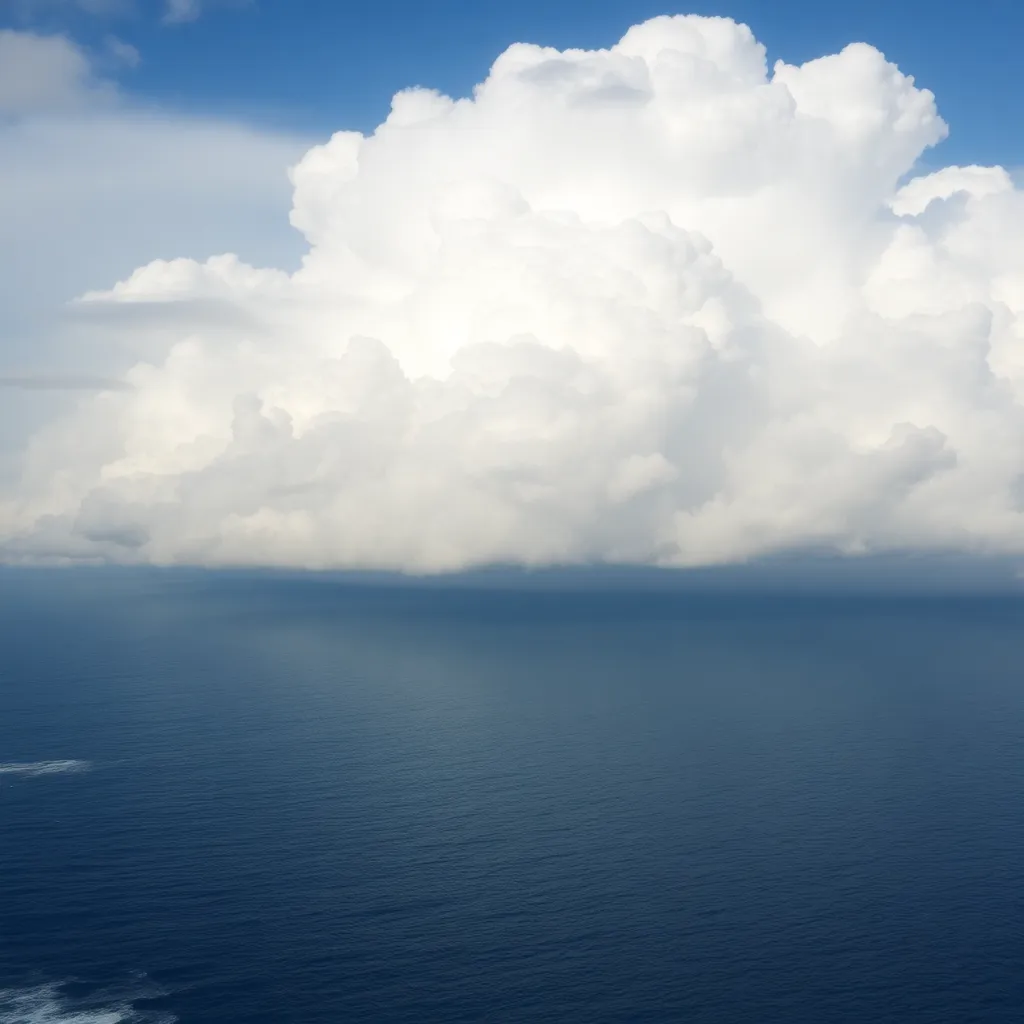

New Tropical System Approaches Caribbean and Central America, Expected to Strengthen into Tropical Storm Sara
As of now, a new tropical system, currently referred to as Potential Tropical Cyclone Nineteen, is developing just south of Jamaica. This system is expected to strengthen into Tropical Storm Sara within the coming days, and residents across the Caribbean, Central America, Mexico, and the United States should remain vigilant as its impacts unfold.
The National Hurricane Center (NHC) predicts that this young weather system will become a tropical depression by Thursday morning and could evolve into a tropical storm by the afternoon. There is also a possibility that it may reach hurricane strength as it drifts over the warm waters of the western Caribbean Sea, where conditions can fuel these storms significantly.
After forming, the system is expected to move toward Central America, where it may stall over the weekend and into early next week. This stalling period will likely bring very heavy rainfall, posing a serious risk of life-threatening flash flooding and mudslides across Central American countries, specifically targeting Honduras, Belize, El Salvador, eastern Guatemala, and western Nicaragua.
The NHC issued hurricane watches and tropical storm warnings in anticipation of the storm nearing hurricane strength as it approaches the eastern coast of Honduras and northeastern Nicaragua on Friday and Saturday. Due to expected rains, the NHC warns that up to 30 inches of rain could fall in Honduras, while surrounding areas could also see substantial rainfall.
A potential tropical cyclone is a term that the NHC uses for systems which haven’t fully formed yet but are expected to within 48 hours and are likely to impact land.
In the upcoming weeks, the potential impacts on locations like Belize and the Yucatán Peninsula are becoming more evident. Residents in these areas should prepare for serious storm surge and damaging winds as the system may approach them early next week. Meanwhile, the situation remains uncertain for areas in the eastern Gulf of Mexico, including Florida, the Florida Keys, and Cuba, so constant monitoring of forecasts is necessary.
This year’s hurricane season has surprised many as it has not aligned with traditional patterns. Typically, tropical activity should decrease as November arrives, but this month is witnessing its third named storm, largely driven by exceptionally warm ocean waters, a phenomenon attributed to climate change. Current sea surface temperatures in the Caribbean are the second warmest on record.
Despite the strong winds that previously protected the Gulf Coast from Hurricane Rafael last week, there seems to be a window opening for tropical threats to reach the US next week.
Forecast scenarios for the future of this tropical system diverge significantly and depend heavily on the storm’s interaction with land. If it makes landfall in Honduras or Nicaragua, it may weaken considerably as it moves over land, sparing the US from its full force. On the other hand, if the system remains just off the coast, it could continue to intensify while remaining over the warm waters.
The warmer waters in the Gulf could act as fuel, potentially leading to a substantially stronger storm. If this process occurs, parts of Mexico’s Yucatán Peninsula or Cuba could experience heavy rainfall and strong winds before the storm possibly tracks toward Florida.
This situation serves as a reminder of the unpredictable nature of hurricanes, especially as the season officially ends on November 30. With previous hurricanes making landfall as late as December in past years, the potential for further storms remains real. The current record for the latest hurricane landfall is held by Hurricane Kate, which struck Florida on November 21, 1985 as a Category 2 storm.
As the system develops, it is crucial for communities in the affected areas to stay connected to multiple sources of information and prepare adequately for the upcoming weather challenges.
News Summary The Trump administration has acknowledged a significant mistake in deporting Kilmar Abrego Garcia,…
News Summary Tensions rise as Iran raises concerns with the UN after President Trump's threatening…
News Summary Recent military exercises conducted by China's armed forces near Taiwan have escalated tensions…
News Summary A federal judge has ruled that Alabama cannot prosecute doctors or reproductive health…
News Summary As the Outer Banks thrives on tourism, generating nearly $2.8 billion in 2023,…